
Angiosperms and Gymnosperms - These two plant types often show up in exams, but they’re not that complicated to learn about. They’re just two major types of seed plants - one’s into flowers and fruits, and the other’s all about cones and tough vibes.
This blog breaks down what they really are, how they’re different, and why both matter. If you’re prepping for a test or just tired of memorizing random plant facts, this is your chill, student-friendly guide to finally getting the difference between angiosperms and gymnosperms.
You’ve probably seen both – maybe without realizing it. Angiosperms and Gymnosperms are two big plant groups that produce seeds, but the way they do it is totally different. And yep, this angiosperms and gymnosperms difference shows up in everything from structure to reproduction.
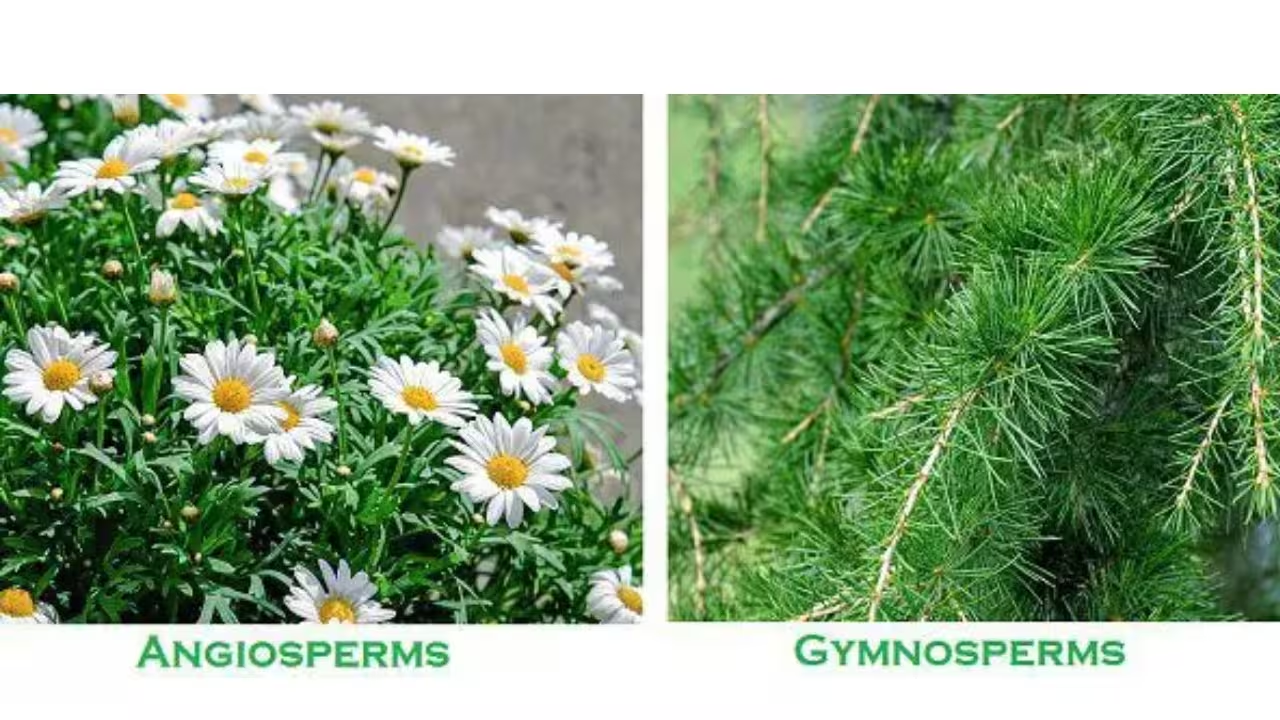
Let’s break down the types of angiosperms and gymnosperms based on their features:
Angiosperms are the modern, flowering plants we see everywhere. Their seeds are enclosed inside fruits – think apples, mangoes, peas, or even tulips. These plants grow in deserts, forests, gardens – basically everywhere. They reproduce using flowers and go through a unique process called double fertilization.
Gymnosperms are non-flowering plants that have cones instead. Their seeds are exposed (not inside fruits) – you’ll see them on conifers like pine, fir, or deodar. These are mostly found in cold, hilly regions and are usually woody trees with needle-like leaves.
Alright, seed plants are split into two main groups – angiosperms vs gymnosperms. The big difference? It all comes down to where their seeds develop. Angiosperms keep theirs safely inside fruits, while gymnosperms just leave them exposed.
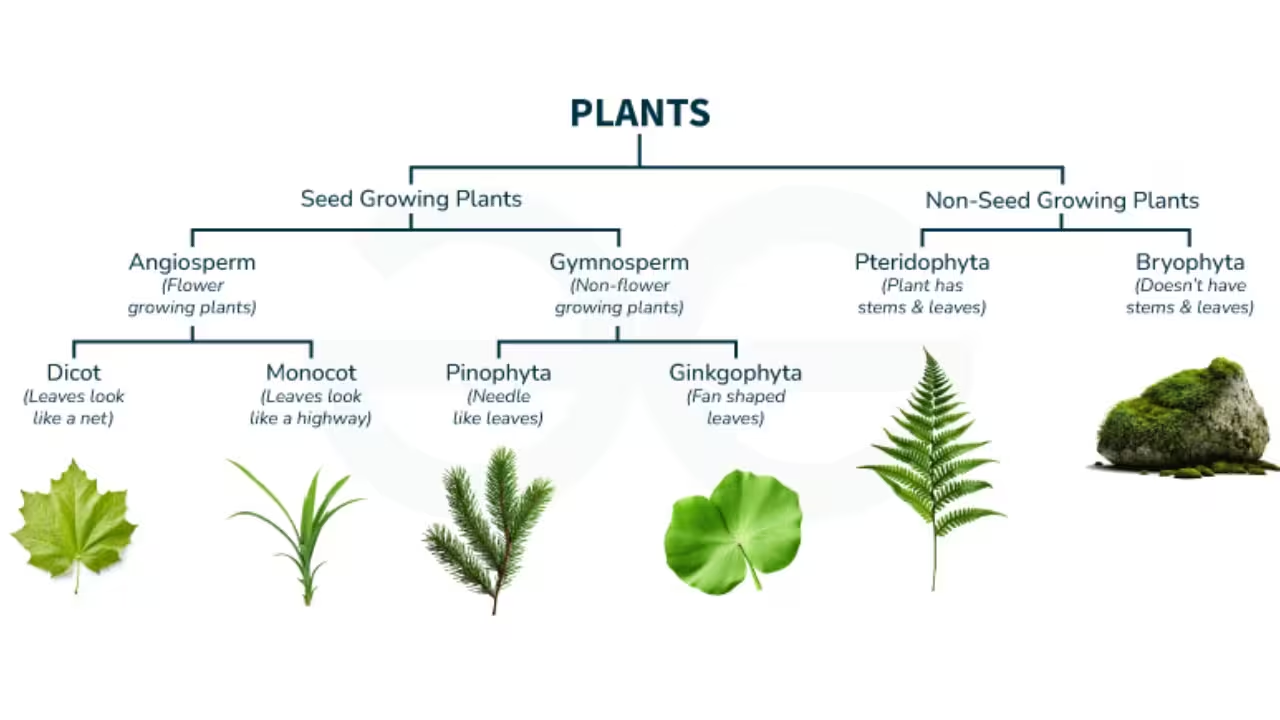
This plant's detail leads to tons of differences in how they grow, look, and survive.
Angiosperms are the most advanced and diverse group of seed plants. Their seeds are enclosed within fruits, which develop from flowers. That’s why they’re called “enclosed seed” plants. These plants have:
They grow in almost every habitat - from deserts to wetlands - and make up over 80% of all plant species today.
Gymnosperms are more primitive. Their seeds are naked - not protected by any fruit. Instead, seeds develop on cones. These plants:
Most gymnosperms are tall, woody trees like pine, fir, or cedar - and they’ve been around since the age of dinosaurs.
So, what’s the core difference between angiosperms and gymnosperms?
It all comes down to seed protection and structure:
→ Angiosperms = Seeds inside fruits, plus flowers
→ Gymnosperms = Seeds on cones, no flowers or fruits
This classification forms the base of many chapters in botany - and once you get this, a lot of plant-related topics make way more sense.
One of the biggest ways angiosperms and gymnosperms stand apart is in how they reproduce. From flowers to cones, their whole system is completely different – and that’s what makes this part super easy to remember.

Angiosperms use flowers to reproduce. These flowers have both male (stamens) and female (carpels) parts. Once pollination happens, the ovary turns into a fruit — and the seeds chill safely inside it.
Basically, it's a whole system: flower → fruit → seed. It’s an efficient and protective system for seed development.
Gymnosperms keep it simple – they don’t do flowers or fruits. Instead, they grow cones. The seeds form directly on the cone scales, so they’re just out there – no cover, no fruit.
So yeah, if you’re ever wondering why you don’t see a pine tree with a flower or fruit - this is why!
So, here’s where the real evolutionary upgrade shows up - in how fertilization happens inside these seed-bearing plants. Both angiosperms and gymnosperms form seeds, but the internal process is totally different.
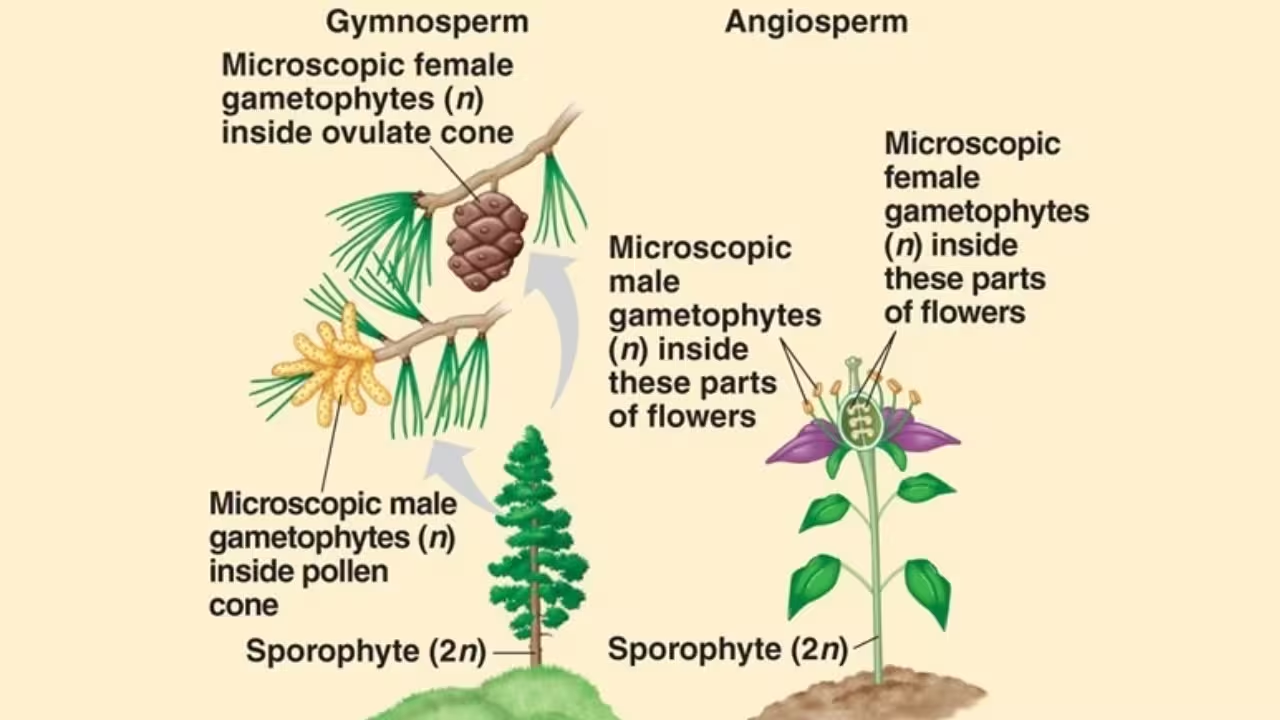
Angiosperms have a unique and more advanced fertilization method called double fertilization - and honestly, it’s what gives them a huge edge.
Here’s the breakdown:
So basically, angiosperms not only make the seed but also pack it with nutrients from the start. This is why flowering plants grow faster and are found everywhere - deserts, gardens, forests, you name it.
Angiosperm flowering plants include roses, lilies, and mango trees – they’re all around us in daily life.
Gymnosperms stick to the older, simpler route - single fertilization. The sperm just fuses with the egg, and boom - you get a zygote.
That’s why gymnosperms (like pine or fir) grow slower and mostly stick to cold or high-altitude areas. Their fertilization process works, but it’s not as quick or efficient as in angiosperms.
If you’ve ever compared a pine tree to a rose bush, you’ve already seen how angiosperms and gymnosperms look completely different - and that’s not random. A big part of this difference comes from their leaves and vascular systems (the internal “pipelines” that move water and nutrients).
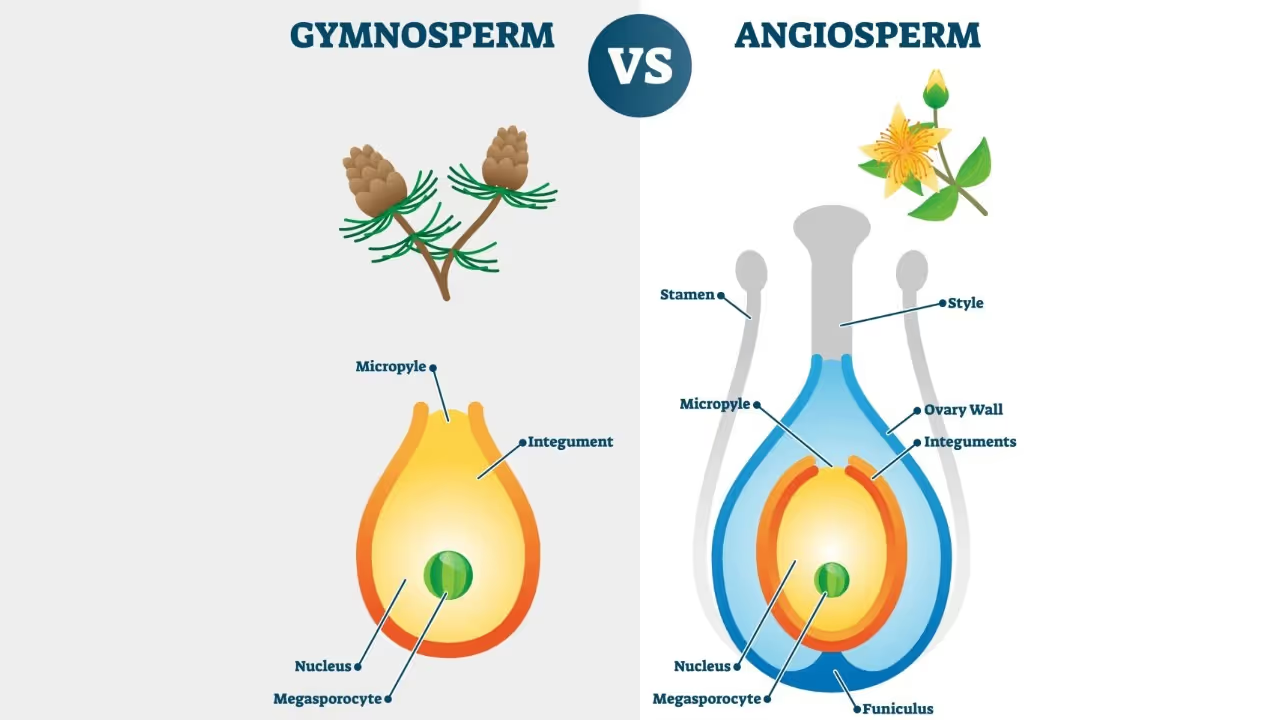
So basically, leaf shape and internal plumbing make a huge difference in how these plants survive and where they grow best.
Where angiosperms and gymnosperms grow naturally can help you see why they look and behave so differently. Their habitats shape everything from their structure to their survival strategies.
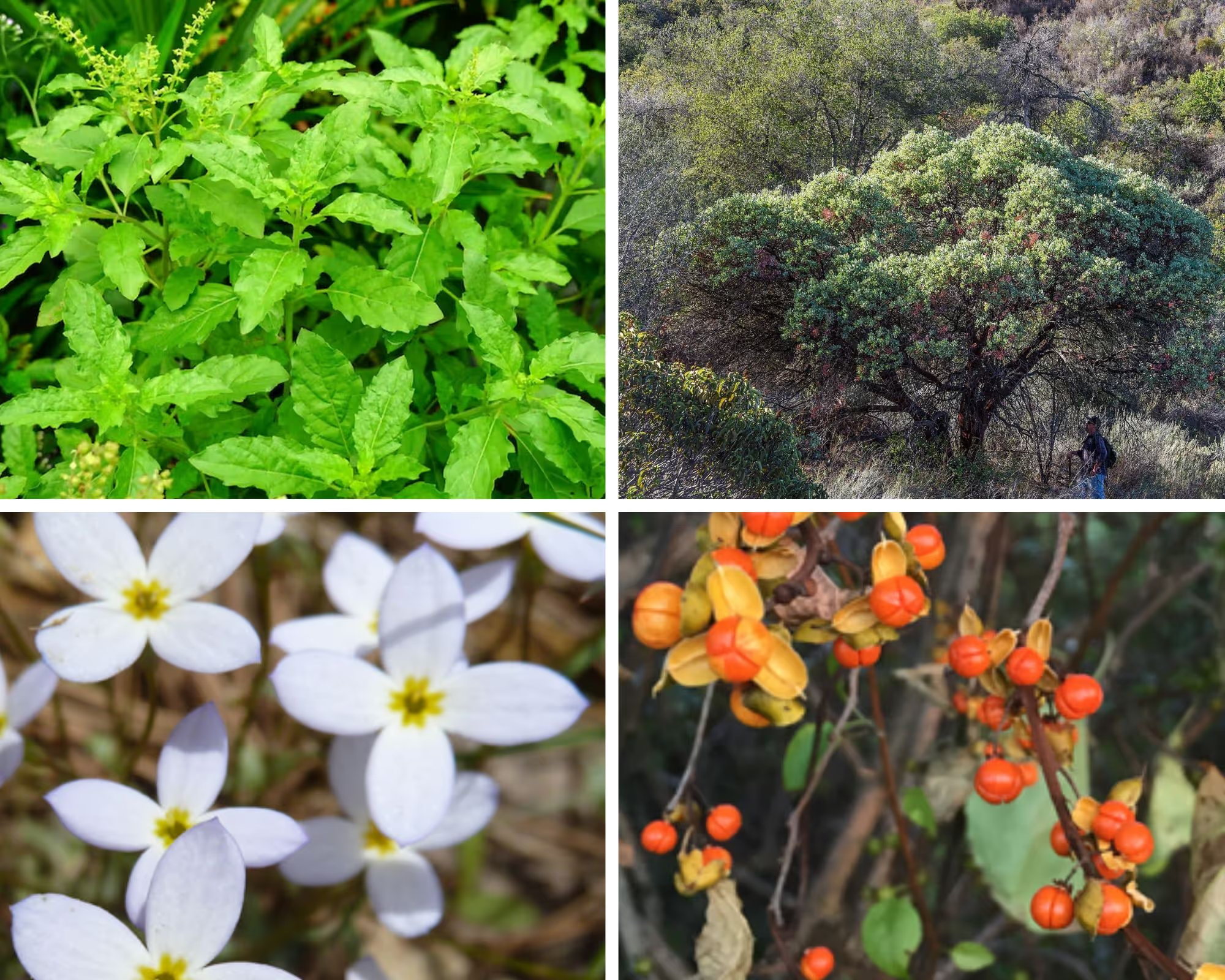
Angiosperms are super adaptive. You’ll find them thriving in diverse habitats - tropical forests, deserts, wetlands, grasslands, and even on mountains.
Some angiosperm examples are sunflower, hibiscus, and apple trees.
.avif)
Gymnosperms, on the other hand, are mostly found in cooler regions, especially in mountains or high-altitude forests.
So, if you see colorful flowers in a city park, it’s likely an angiosperm. But those giant evergreens in hill stations? Total gymnosperm vibes.
Both angiosperms and gymnosperms aren’t just green background fillers – they’re crucial to keeping Earth’s ecosystems alive and balanced.
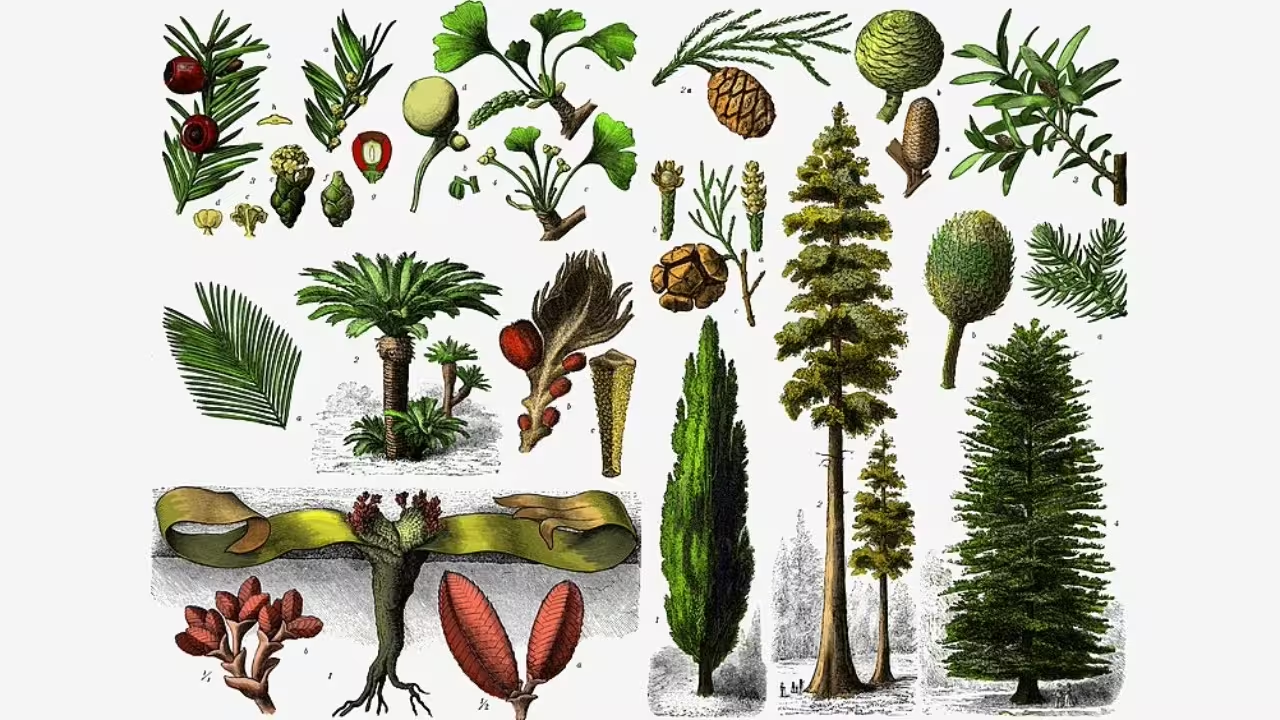
Angiosperms support life on so many levels – not just for us humans but for animals, insects, and even other plants.
Gymnosperms may not have flashy flowers, but they play a big role in maintaining ecological balance, especially in colder ecosystems.
So, whether it's a city garden filled with flowering plants or a pine forest high up in the mountains, both types of plants quietly keep nature running.
We read about angiosperms and gymnosperms in textbooks, but they’re not just biology terms - they’re part of your everyday life. From what you eat to what your house is built with, these two types of seed-bearing plants do way more than you think.
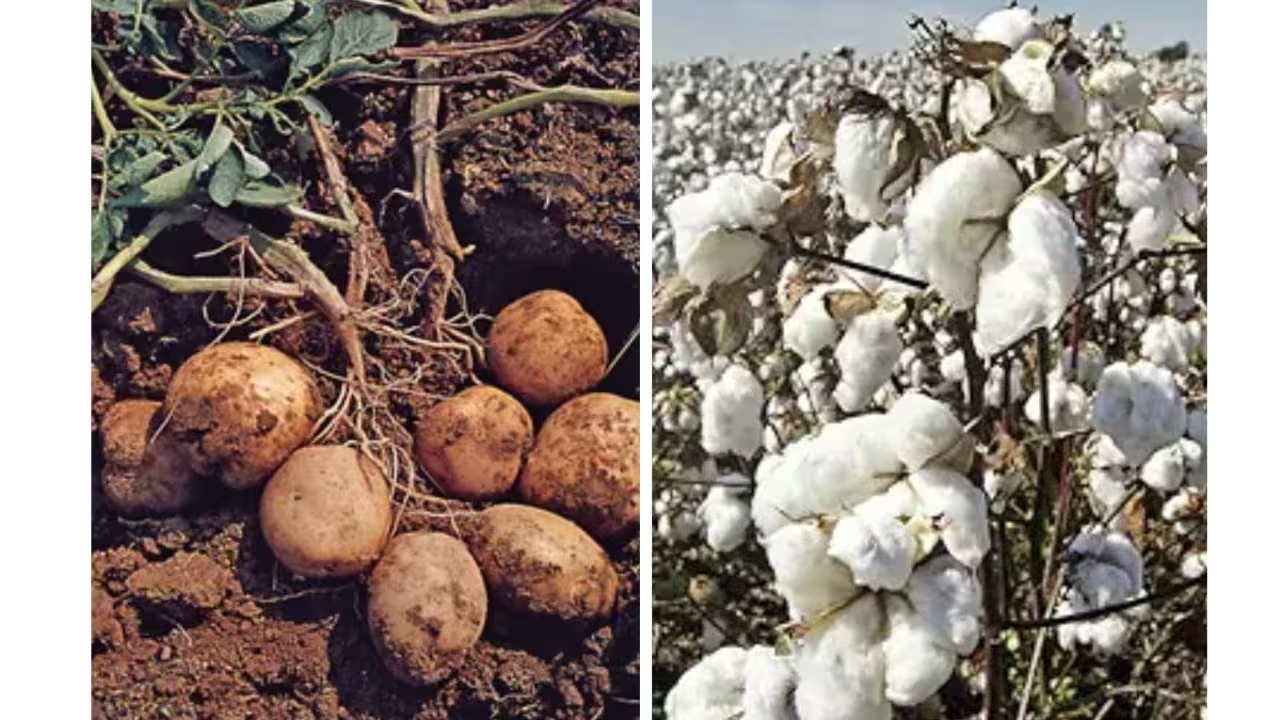
Here’s how angiosperms show up in your everyday life:
From food to fabric, angiosperms impact our everyday life in more ways than we notice.
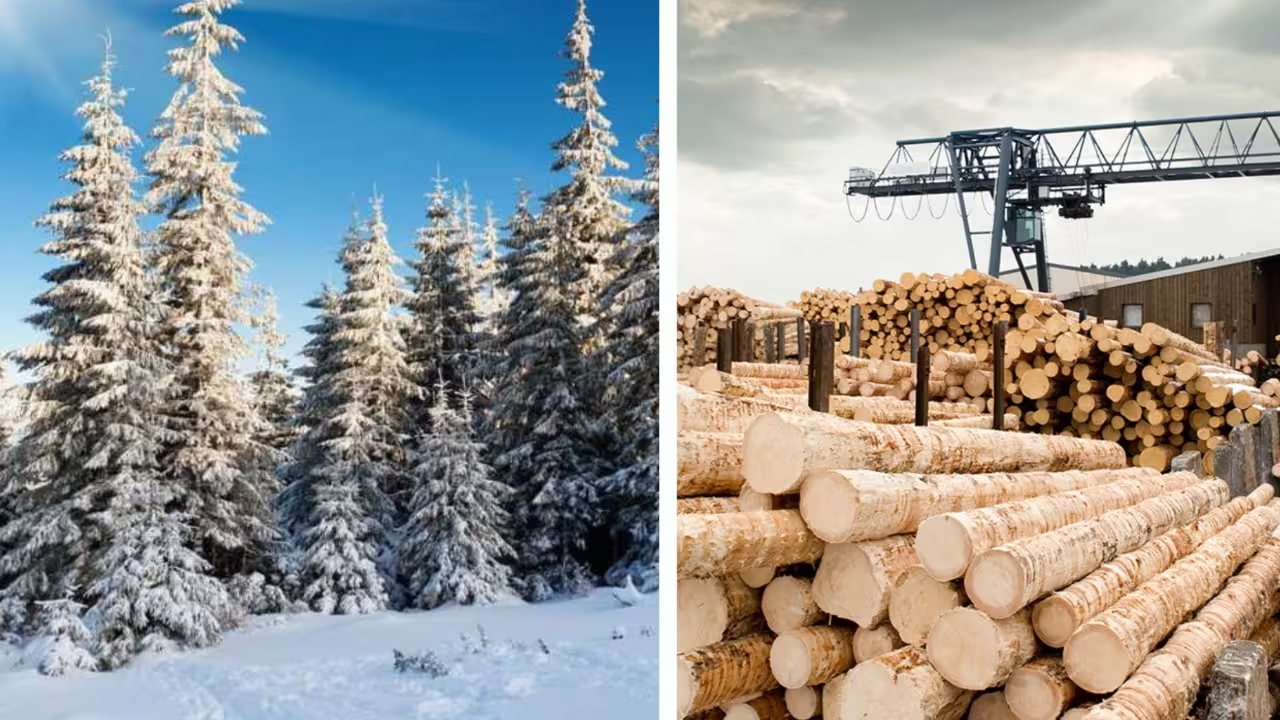
Here’s what makes gymnosperms so useful despite their tough exterior:
From your food and furniture to the medicine in your drawer, both angiosperms and gymnosperms help in ways you probably never noticed - but now you do!
Here’s a clear and concise comparison table summarising everything you’ve learned so far.
